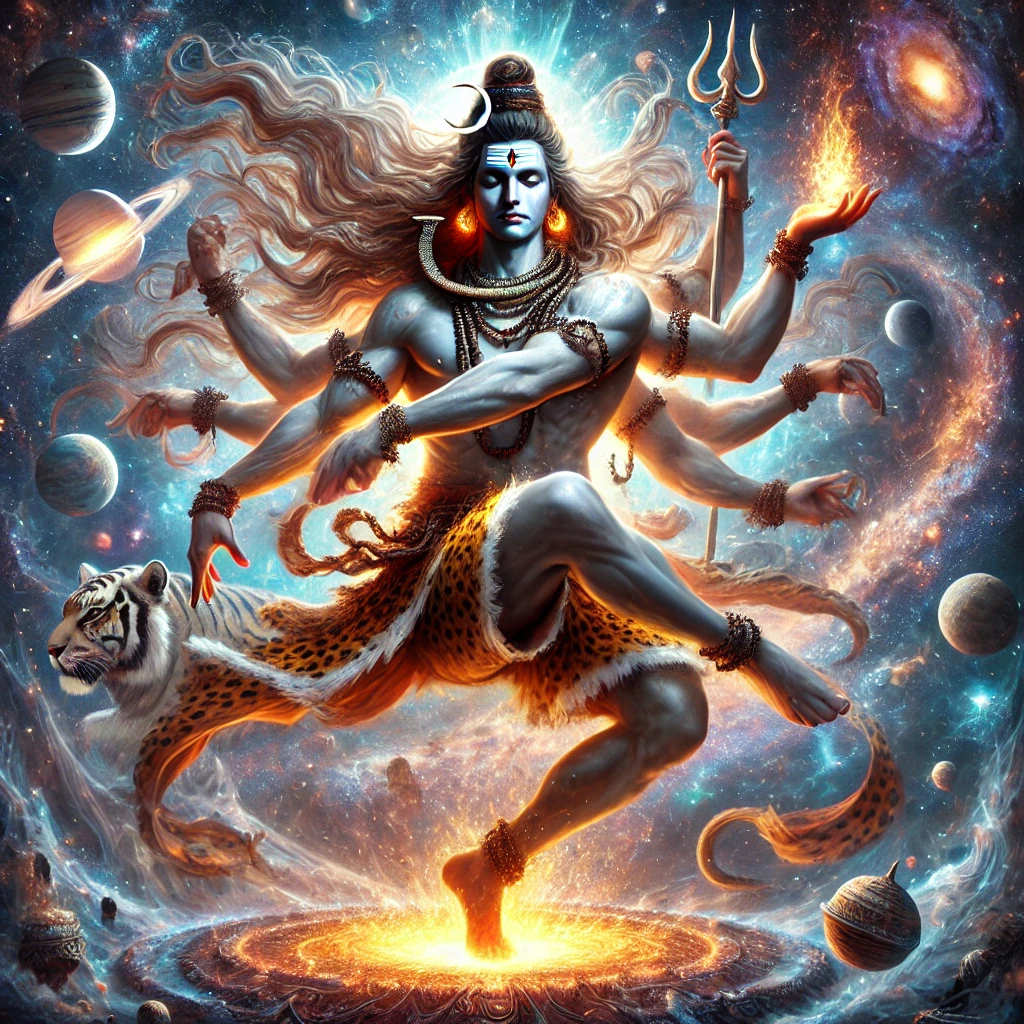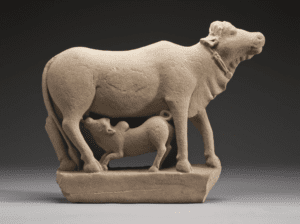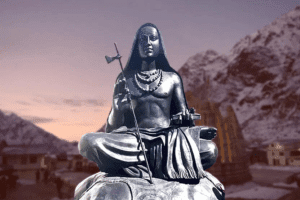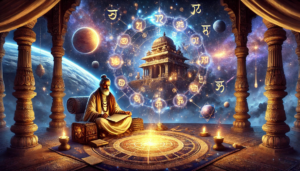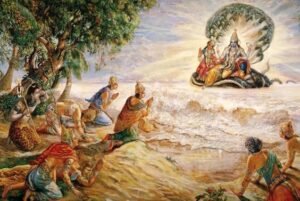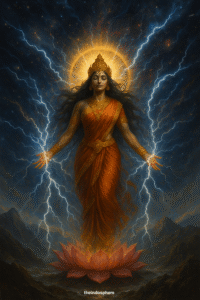Tandav, also spelled Tandava, is a powerful and dynamic dance form associated with Lord Shiva, one of the principal deities in Hinduism. It represents both destruction and creation, symbolizing the cyclical nature of the universe. This vigorous dance is often depicted in Hindu mythology as an expression of cosmic energy, demonstrating Shiva’s role as the destroyer and transformer.
Origins and Meaning of Tandav
The concept of Tandav originates from ancient Hindu scriptures, including the Puranas and the Natya Shastra. It is believed that Lord Shiva performs this celestial dance to maintain the balance of the cosmos. The dance is symbolic of the continuous process of creation, preservation, and destruction, which are the fundamental aspects of existence.
Tandav is generally categorized into two primary forms:
- Rudra Tandav – A fierce and aggressive form that signifies destruction, anger, and power.
- Ananda Tandav – A joyous and blissful form representing creation, happiness, and enlightenment.
The Symbolism of Tandav
Tandav is not just a dance; it is a profound philosophical representation of life and the universe. The different elements of Shiva’s cosmic dance hold deep symbolic meanings:
- The Damru (drum) – Represents the sound of creation and the rhythm of time.
- The Fire – Signifies destruction, which is necessary for renewal and rebirth.
- The Snake – Symbolizes control over fear and death.
- The Raised Foot – Depicts liberation and enlightenment.
- The Gaja Hasta (elephant posture) – Represents strength and power.
Tandav in Hindu Mythology
According to Hindu mythology, Shiva performed the Rudra Tandav when his consort, Goddess Sati, immolated herself in grief and anger. This dance shook the universe, showcasing his fury and sorrow. Another legend describes Shiva’s Ananda Tandav in Chidambaram, Tamil Nadu, a place considered sacred due to its association with his cosmic dance.
Tandav in Indian Classical Dance
Elements of Tandav are deeply embedded in Indian classical dance forms such as Bharatanatyam, Kathak, and Odissi. Dancers often incorporate Tandav movements to depict powerful emotions, dramatic expressions, and mythological narratives.
Modern Interpretation and Cultural Influence
In contemporary culture, Tandav continues to inspire art, literature, music, and cinema. The intensity of the dance is often portrayed in theatrical performances, movies, and devotional practices. Additionally, Tandav has been metaphorically used to describe significant events, upheavals, and transformations in society.
Tandav is more than just a dance—it is an embodiment of the cosmic cycle of creation and destruction. As a sacred expression of energy and movement, it holds immense spiritual and philosophical significance. Whether seen in classical performances, mythological tales, or symbolic representations, Tandav remains a timeless and mesmerizing aspect of Hindu tradition and Indian culture.

